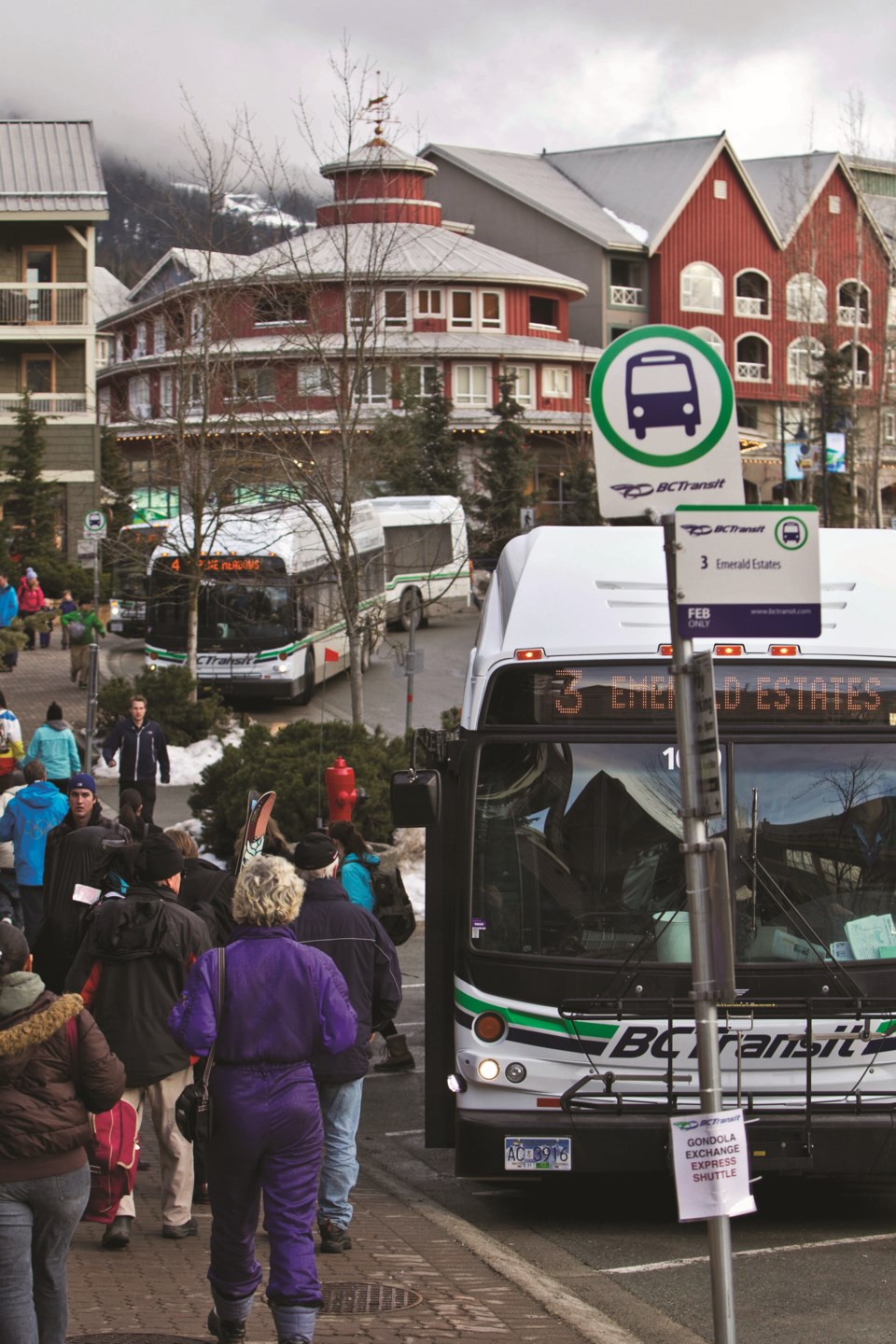More than two years after the provincial government rejected a proposed funding model for regional transit in the Sea to Sky, stakeholders in the region are still seeking ways to get the project over the finish line.
On Nov. 4, MLA Jordan Sturdy introduced legislation to expand the Sea to Sky transit commission to officially include reps from the Squamish and Lil’wat Nations.
While it remains to be seen if the NDP government will table Sturdy’s private member’s bill, the MLA said it was one of two legislative hurdles that need to be cleared before regional transit can become a reality.
“The second one would be the authorization of a transit levy (or gas tax, which was part of the funding model rejected in 2019),” Sturdy said.
“I just wanted to raise the profile, I wanted to make the house aware of it,” he added.
“I wanted to make them aware that all of the participants want to go in this direction, so let’s get on with it—and if nothing else, tell us why you don’t want to get on with it.”
A provincial spokesperson was unable to provide an update before Pique’s weekly deadline, but after the annual Union of BC Municipalities Convention in September—at which local elected officials discussed regional transit with ministers—a spokesperson with the Ministry of Environment and Climate Change said the province “is committed to working with partners to better integrate public transportation options, including along the Sea to Sky corridor.”
Communities in the Sea to Sky each have robust local transit systems, and “there are also private operators that offer service within this corridor, including the Squamish Connector, which provides commuter service to Vancouver,” they said.
“BC Transit is working with local partners in the Sea to Sky communities to ensure that their existing local transit systems and levels of service remain viable.”
The funding model rejected by the province in 2019 was based on the current provincial/municipal cost-sharing formula for local transit: ridership fares, property tax and a motor fuel tax of 2.5 cents.
A study released in 2017 estimated the total costs of implementing regional transit in the Sea to Sky to be about $3.31 million.
The rejected funding model sent everyone back to the drawing board, “but everybody is quite keen on finding a solution, and it’s something that I really think that all orders of government need to work together on,” said MP Patrick Weiler.
For its part, the federal government announced $14.9 billion in new funding for public transit projects last February, Weiler said. Though that money is meant more for urban or municipal projects rather than interregional, “that can always be altered,” he said.
Canada’s new minister of infrastructure Dominic LeBlanc is also heading up the federal intergovernmental affairs file, and “he also comes from a rural area, which I think is very important, and actually we had some good discussions about this [on Nov. 9] as the rural caucus that I’m also a part of,” Weiler said.
On Aug. 3, the federal government also announced $250 million in federal funding over five years for a rural transit solutions fund, he added.
“That’s something I would definitely flag as a potential option too,” he said. “It’s going to open up for applications quite soon … I am committed to working with the communities on this, and as soon as it’s open I will be connecting with them.”
With the provincial budgeting process for 2022 underway, now is the time to get it done, Sturdy said.
“I think they want to try and cost-share as much as they possibly can, and fair enough, and reduce the capital costs as much as we can, fair enough. But we’ve got to get started,” he said.
“If it doesn’t happen in this budget, then we’re another year away.”




